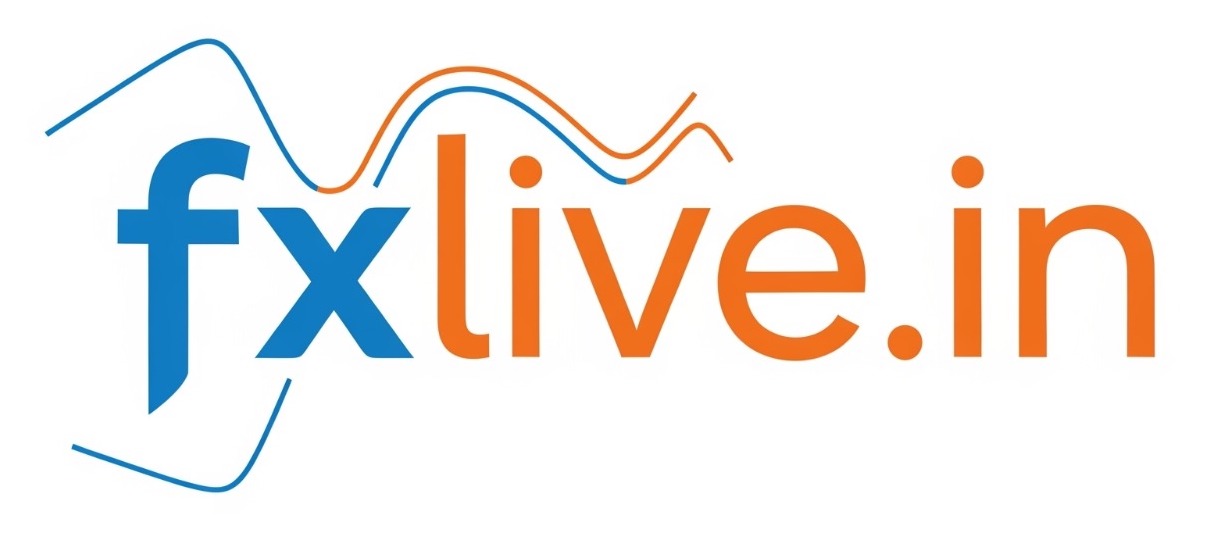The news regarding President Vladimir Putin’s order to his government to fix the trade imbalance with India is a significant development, driven primarily by India’s massive increase in crude oil imports from Russia.
This announcement was made by President Putin at the international Valdai discussion forum in Sochi, Russia. Here are the full details and key elements of Russia’s strategy to address the trade deficit and deepen economic ties.
1. The Core Problem: Trade Imbalance
The bilateral trade between India and Russia has surged, largely due to India becoming one of the biggest buyers of discounted Russian crude oil.
- Trade Deficit: This rapid rise in oil imports has caused a substantial trade imbalance where Indian imports from Russia far outweigh Indian exports to Russia.
- Scale of Trade: Putin noted that while the trade turnover is significant (compared to Russia’s trade with other countries), it does not match the true potential given India’s population size.
2. Putin’s Order and Proposed Solutions
President Putin ordered his government to devise specific measures to “soften” the trade imbalance, essentially by increasing Russian purchases of Indian goods.
Key Products Targeted for Import from India:
- Agricultural Products: Russia has indicated a strong interest in significantly increasing its imports of Indian farm goods to balance the trade basket.
- Pharmaceuticals/Medicines: Indian-made medicines and pharmaceutical products are another key sector Russia plans to import more of.
- Technology: Putin welcomed proposals for a joint fund to develop Artificial Intelligence (AI) and other advanced technologies, indicating a move toward deeper high-tech cooperation.
Focus on Market Access:
While not an offer of “full market access” in the sense of a complete Free Trade Agreement (FTA), the order signifies Russia’s commitment to lowering trade barriers for Indian exporters.
- Free Trade Agreement (FTA) with EAEU: India has already signed the Terms of Reference (ToR) to begin negotiations for an FTA with the Eurasian Economic Union (EAEU), of which Russia is a leading member (along with Armenia, Belarus, Kazakhstan, and Kyrgyzstan). This FTA is a primary mechanism for providing broad, long-term market access to Indian goods.
- Addressing Bottlenecks: Putin specifically highlighted the need to resolve challenges related to financing, logistics, and payment bottlenecks that currently hinder deeper economic cooperation.
3. Geopolitical and Strategic Context
The Russian initiative is happening amidst significant global pressure and geopolitical strategy.
- Countering US Tariffs: Putin directly linked the trade rebalancing effort to the pressure India faces from external forces, notably the US tariffs imposed on India. He suggested that Indian losses due to US tariffs “would be balanced by crude imports from Russia, plus it will gain prestige as a sovereign nation.”
- Special Strategic Partnership: Putin emphasized the “special” and historic nature of the Russia-India relationship, calling Prime Minister Narendra Modi a “balanced, wise,” and “nationally oriented” leader. This underscores Russia’s appreciation for India’s decision to continue purchasing Russian oil despite external pressure.
- Upcoming Visit: The order comes ahead of President Putin’s expected visit to India for the annual summit, likely in December 2025, where these economic measures and defense deals will be the top agenda items.

